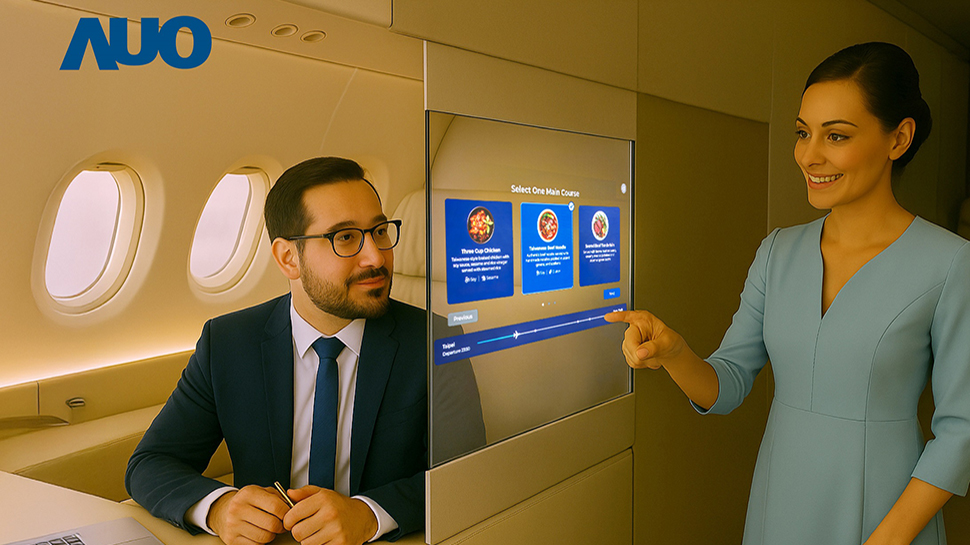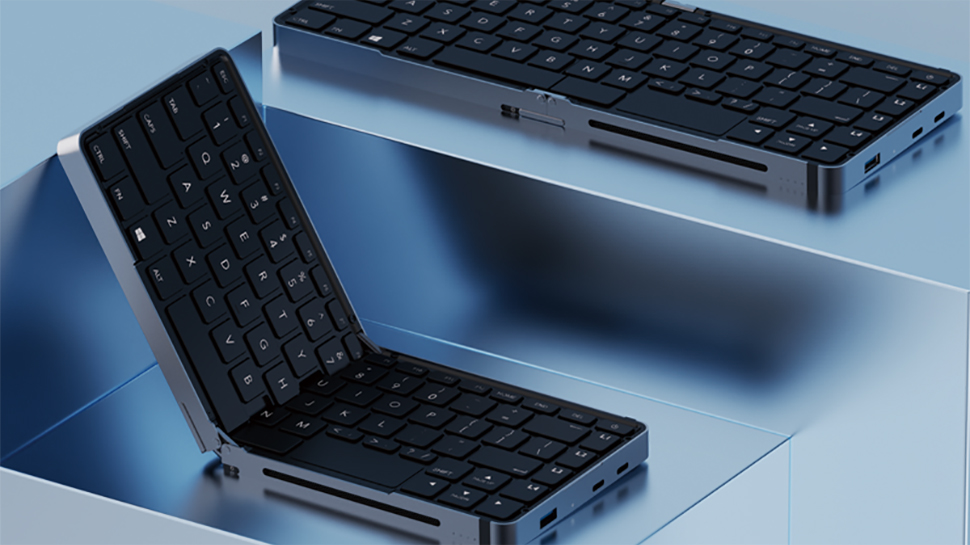Volvo launches the first smart seatbelt that uses sensors to provide the perfect tension
Volvo's seat belt innovation adapts to the size and weight of the user, as well as crash conditions.
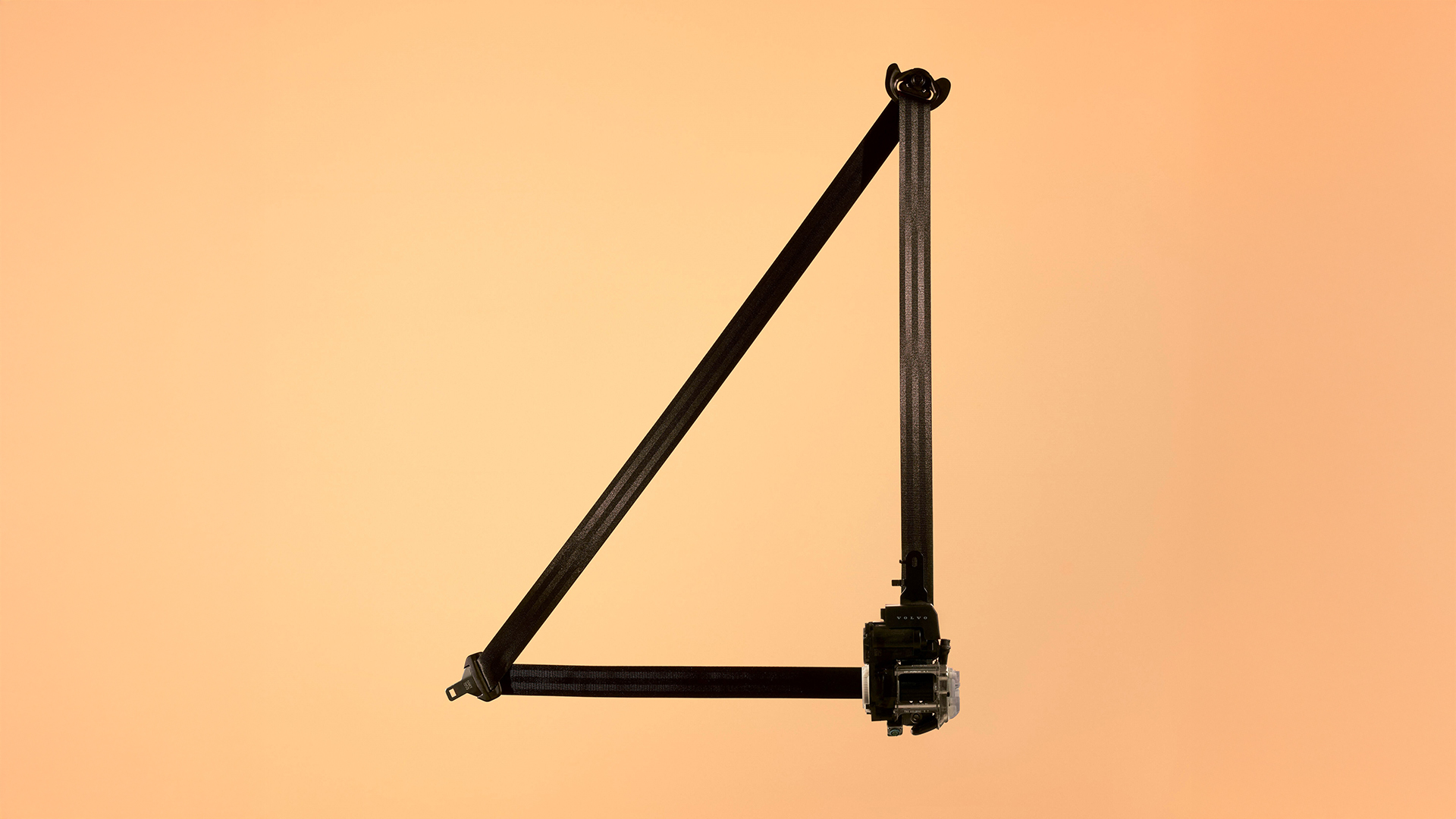
- Volvo's innovation uses sensors to help the belt adjust its load
- The company claims it can help reduce injuries
- The multi-adaptive safety belt will feature on the EX60
Volvo can claim to be part of the very history of the humble seatbelt, considering Swedish engineer and Volvo employee Nils Bohlin perfected his three-point harness with the company way back in the late 1950s.
Now, it wants to inject some serious smarts into a very simple device that has saved millions of lives over the years.
Thanks to input from the multitude of sensors, cameras, and compute tech onboard the upcoming EX60 (the EX90's sleek little brother), Volvo’s new multi-adaptive safety belt can provide the perfect tension in the unfortunate event of an accident.
Most regular seat belts have three “load-limiting” profile variations that help apply the right load for drivers and occupants of differing heights and weights.
However, Volvo’s latest invention features 11 profiles that adapt to traffic variations and the person wearing it, thanks to real-time data from the car’s advanced sensors, according to the Swedish marque.
Sensors inside can detect height, weight, and seating position of occupants, while the exterior sensor suite can analyze the characteristics of a crash and send the data to the belt to provide the appropriate load "in the blink of an eye".
And how will it help? Well, Volvo gives the example that larger occupants in a serious crash will receive a higher belt load, while smaller occupants in a less severe crash will receive a milder load to prevent common injuries associated with standard seat belts.
Passive tech gets active
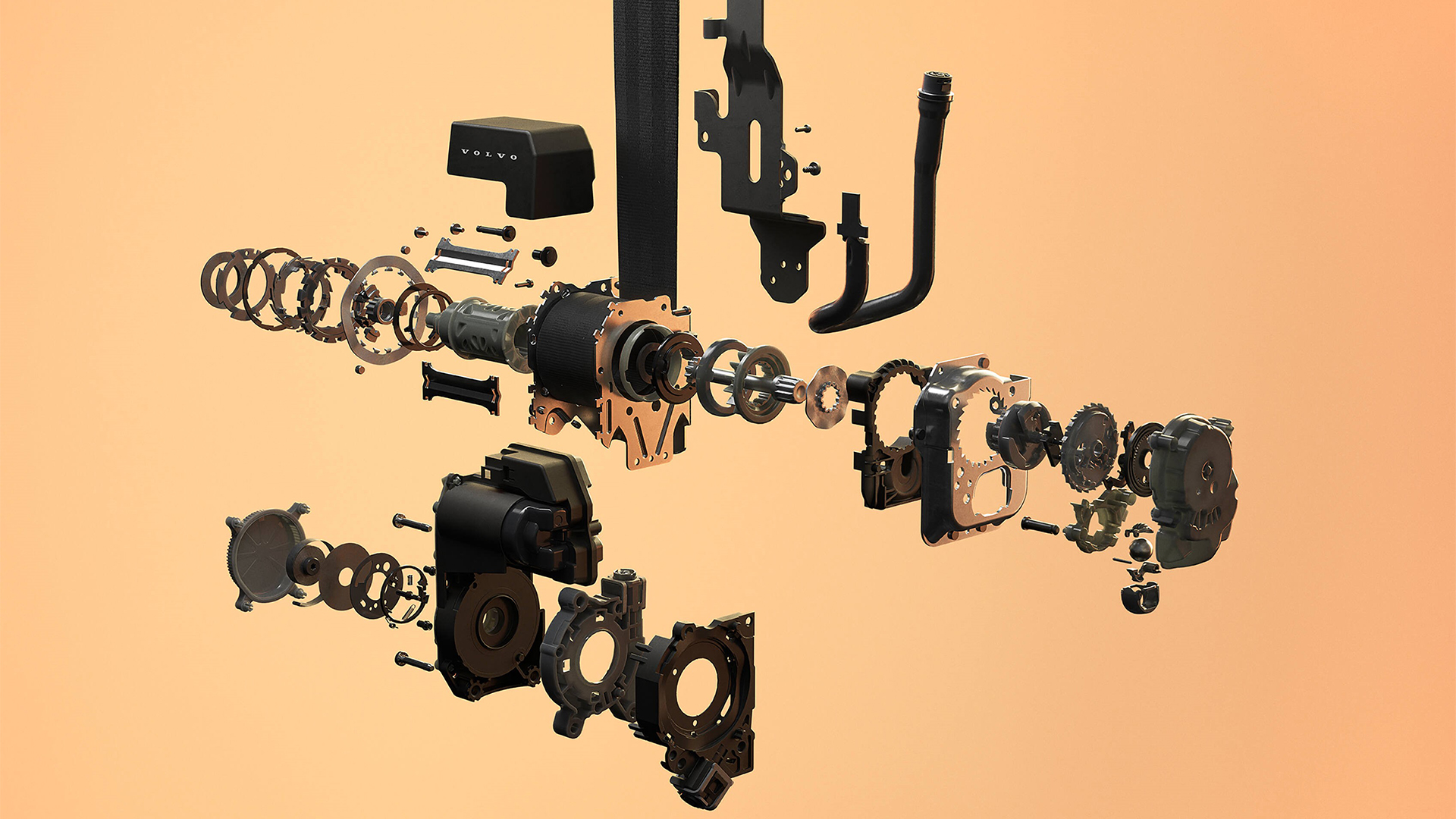
Volvo states that it bases its safety innovations on the research it has conducted into some 80,000 real-life accidents over five decades, with a continual data feed helping it make improvements.
It is one of the few automotive companies that has a dedicated Accident Research Team that is permitted to attend the scene of an accident that occurs near its Gothenburg headquarters.
Thanks to this constant source of data, its latest multi-adaptive safety belt will apparently get better over time via over-the-air updates.
Volvo claims that as it gathers more data and insights, its cars will improve their understanding of the "occupants, new scenarios and response strategies". Clever stuff.
You might also like
- I've driven the most expensive Volvo ever – and its clever Lidar tech could take EV safety to the next level
- Volvo’s cars will be the first to get Google Gemini’s ‘conversational’ AI – and I think the in-car tech has massive potential
- I drove the new screen-obsessed Polestar 4 – and its lack of a rear windscreen isn't the only thing it should be remembered for
























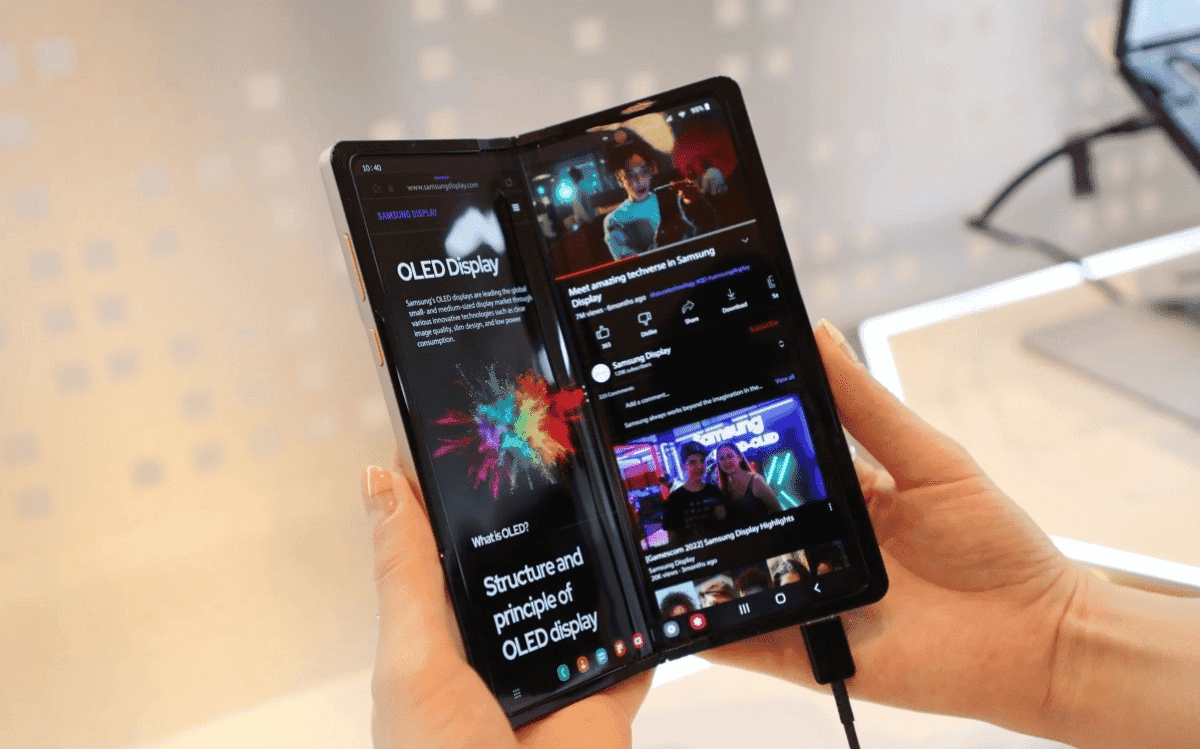


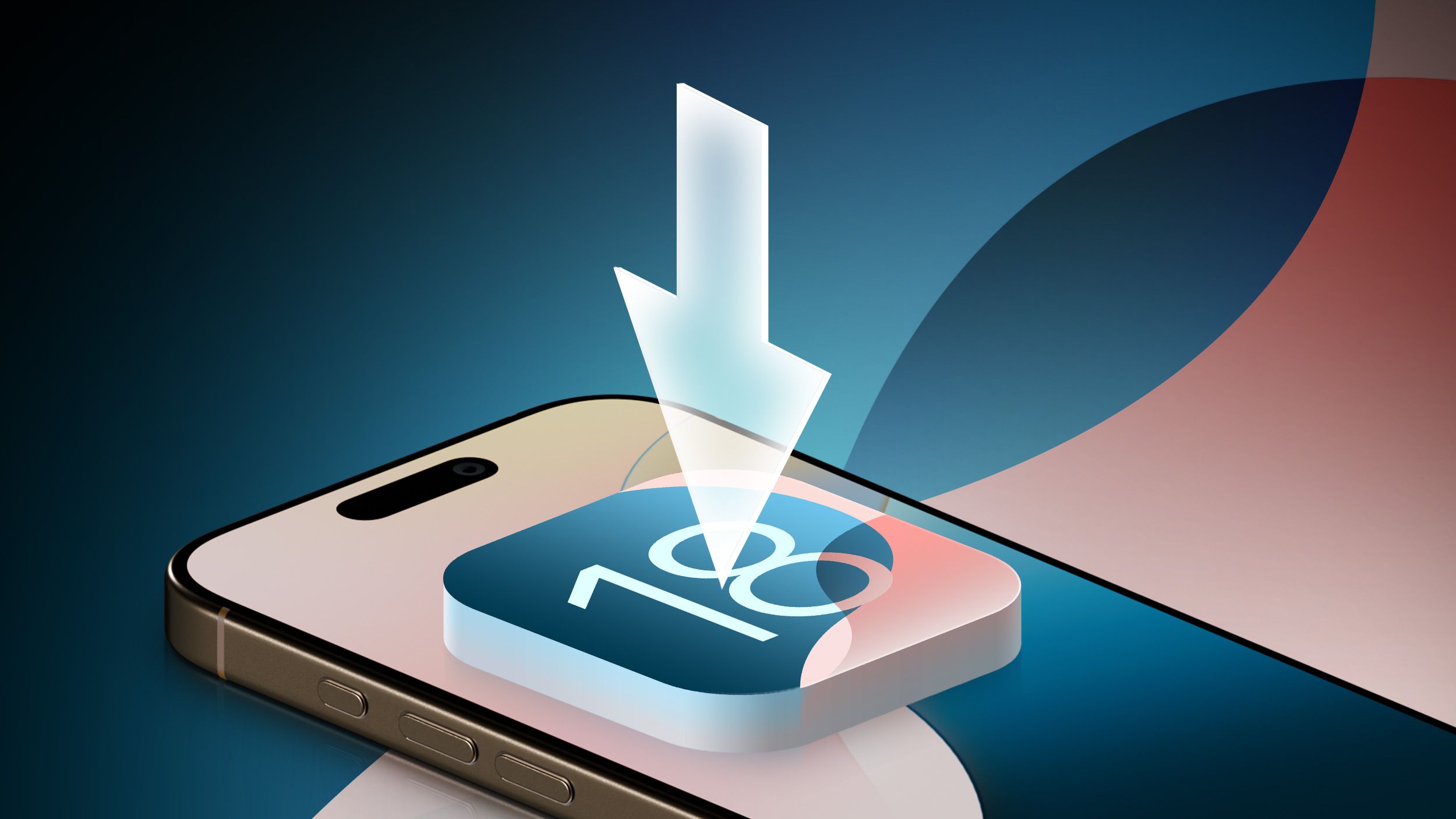


















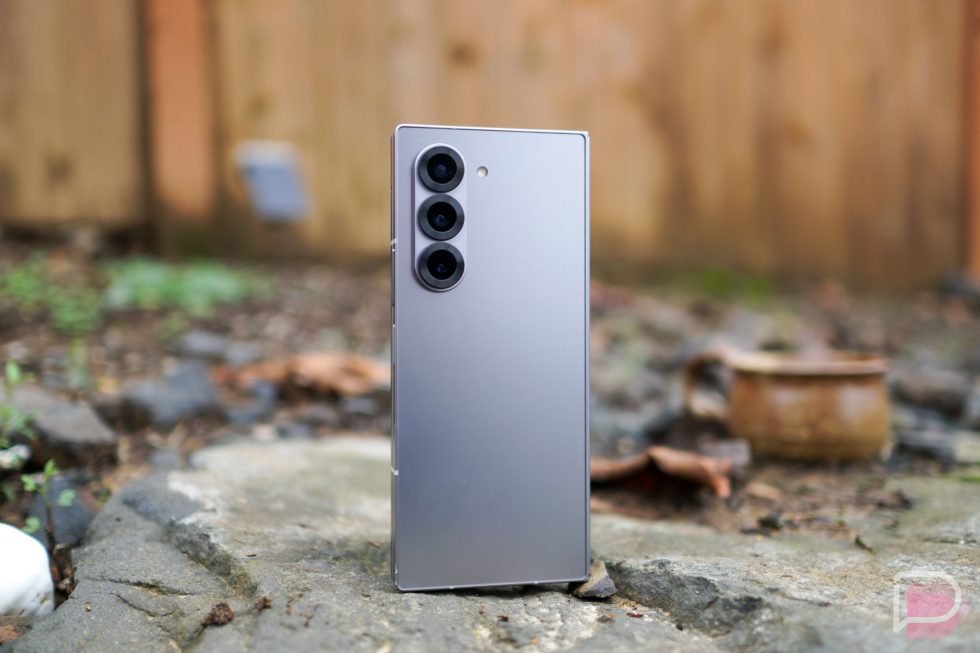
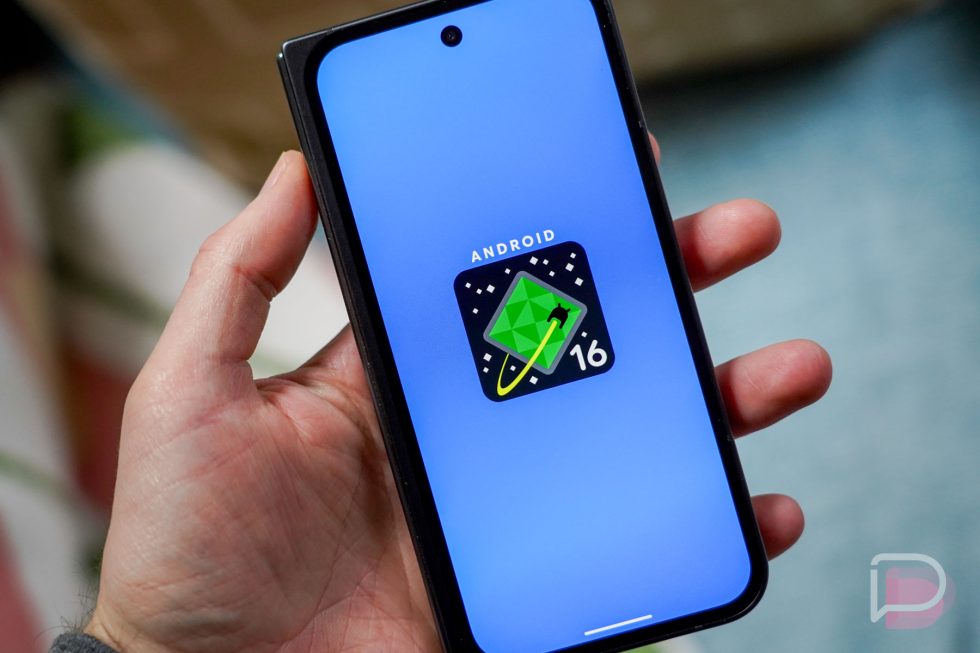
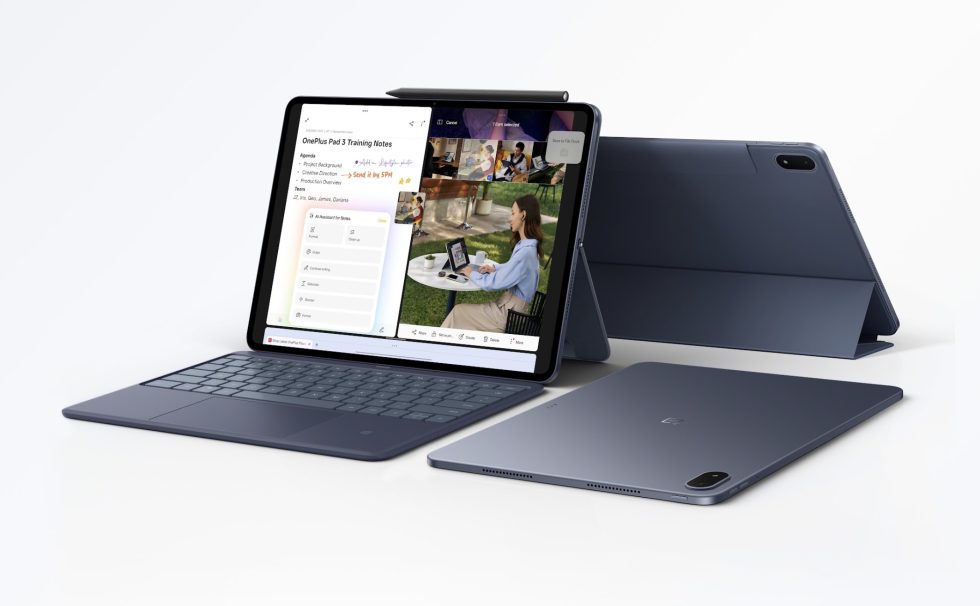
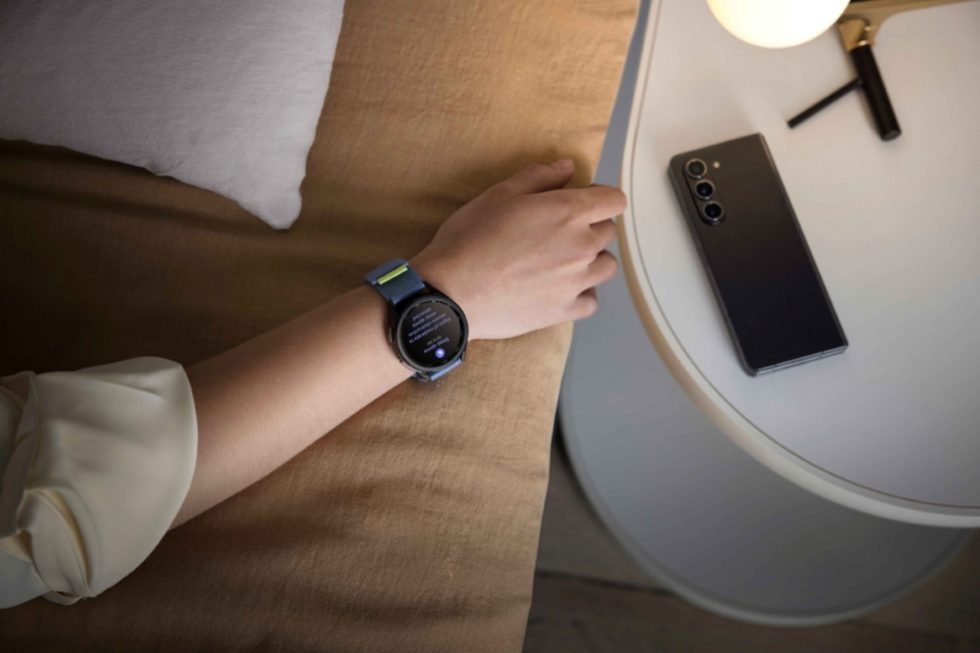



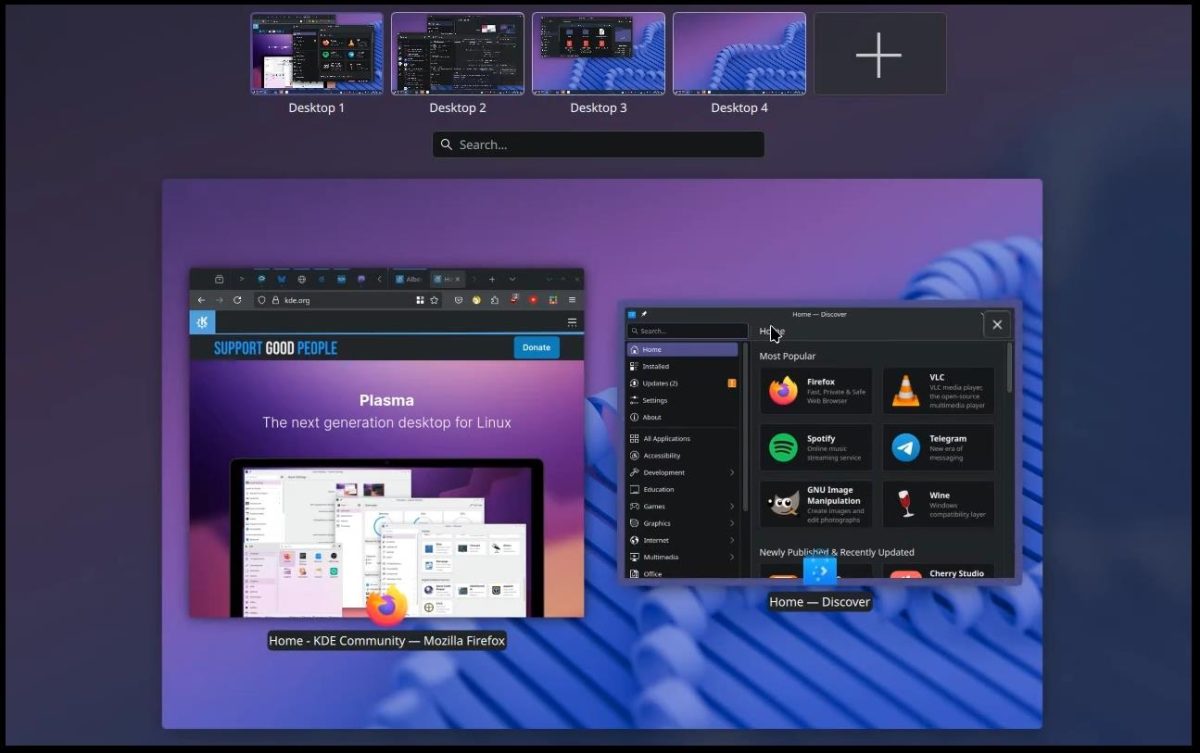
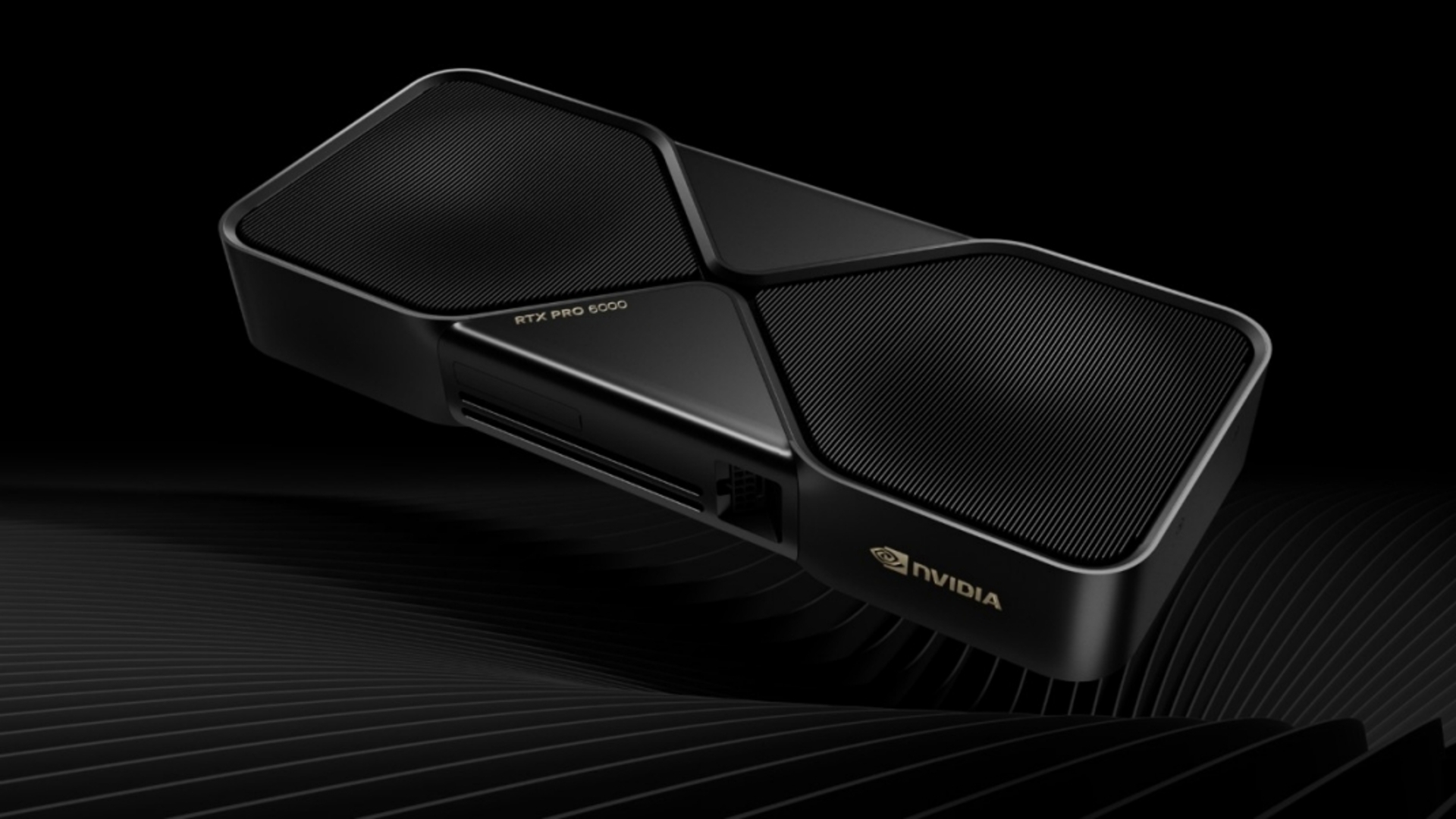
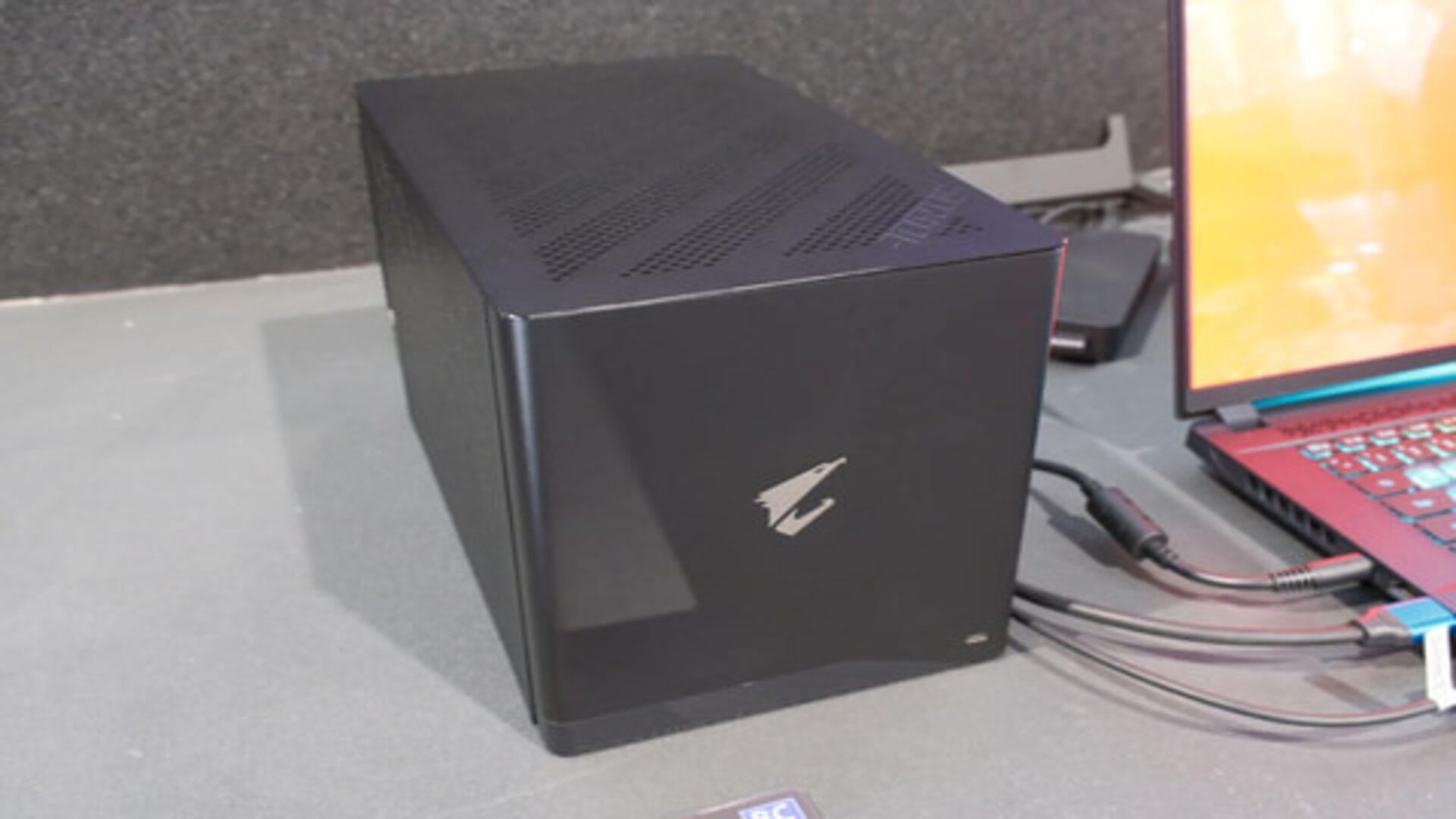

















![iOS 18 Adoption Reaches 82% [Chart]](https://www.iclarified.com/images/news/97512/97512/97512-640.jpg)
![Apple Shares Official Trailer for 'The Wild Ones' [Video]](https://www.iclarified.com/images/news/97515/97515/97515-1280.jpg)

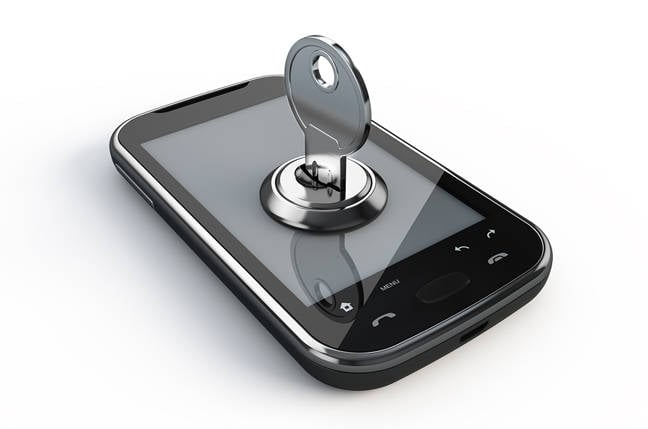
















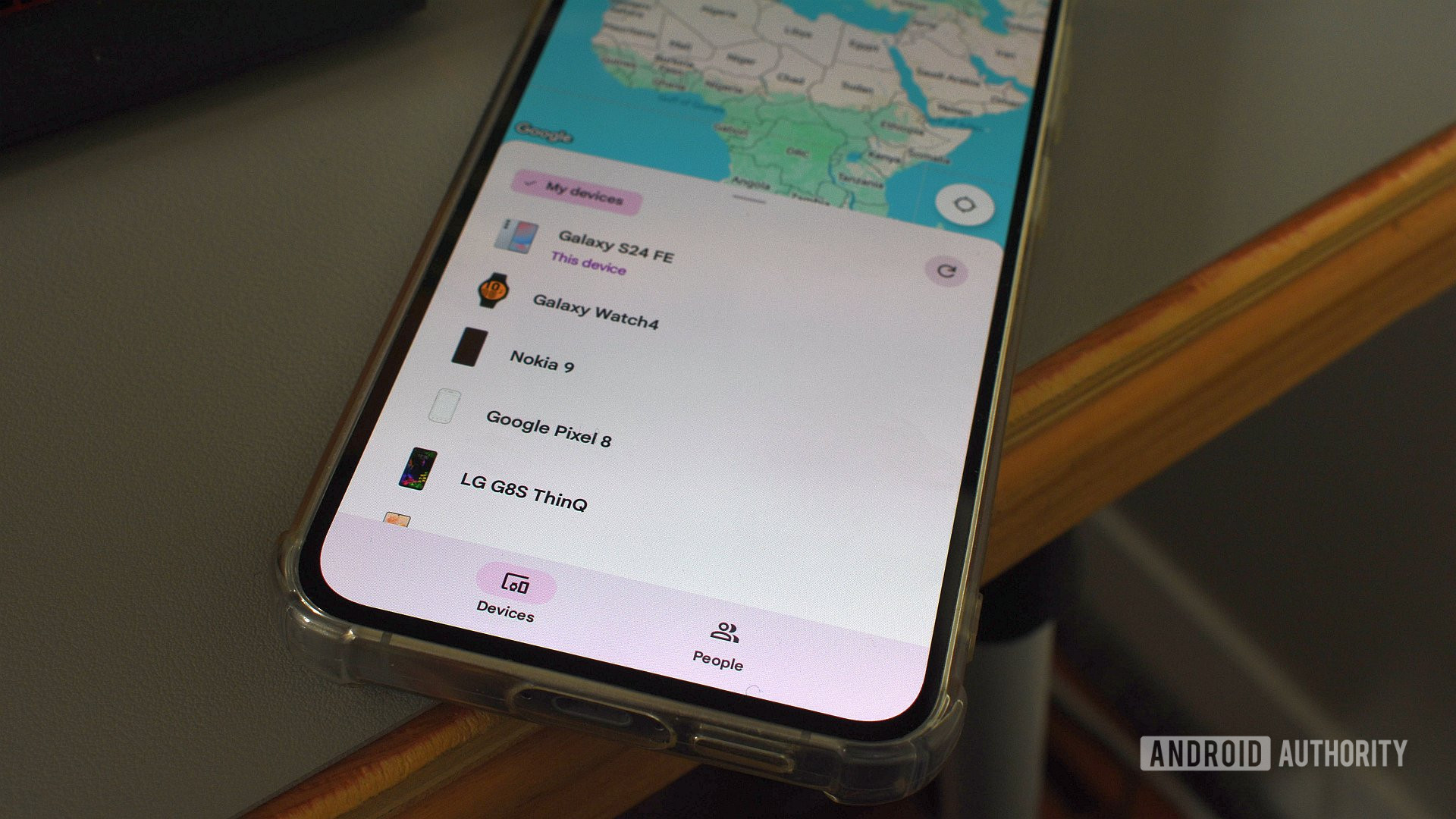

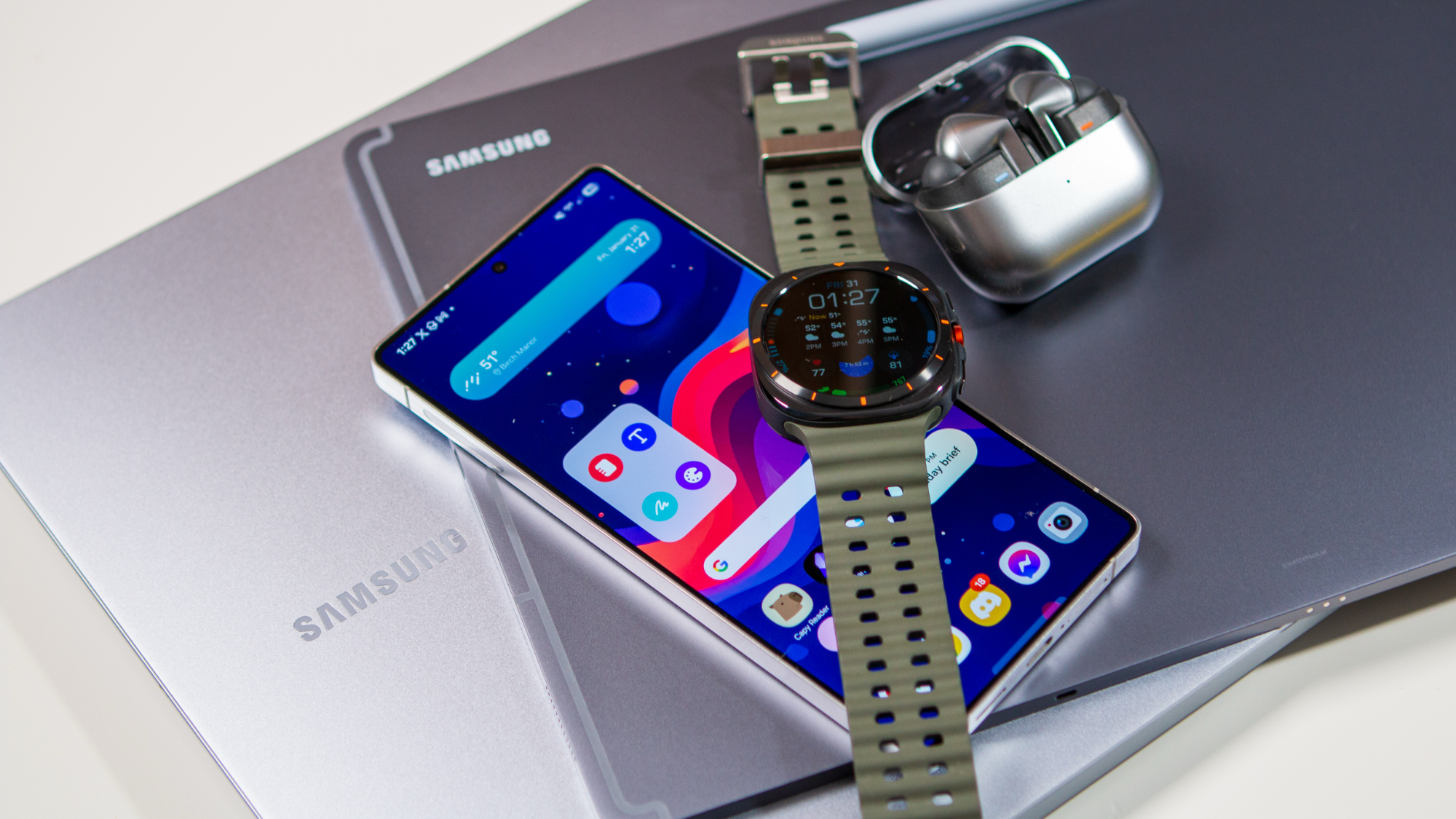

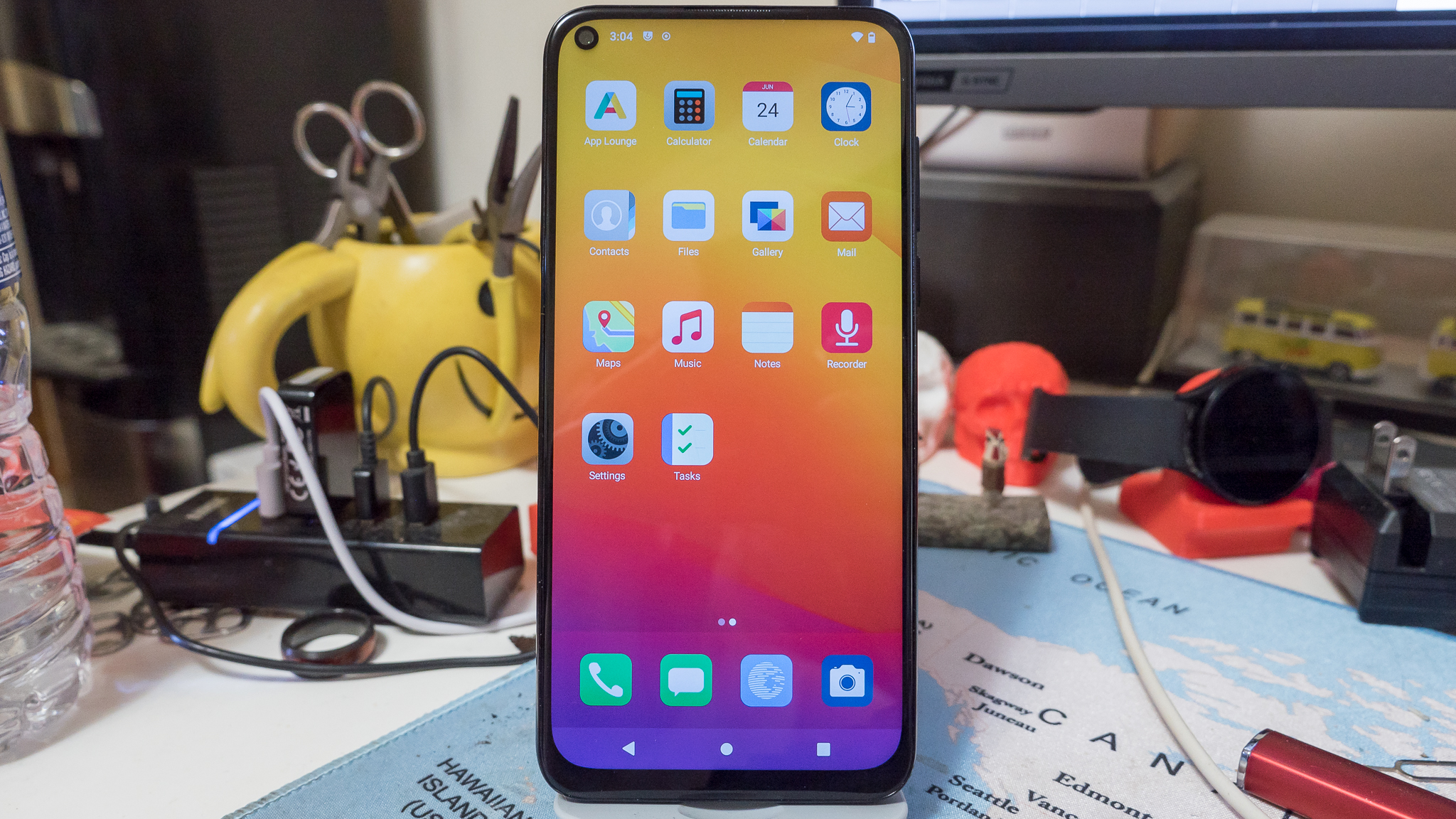
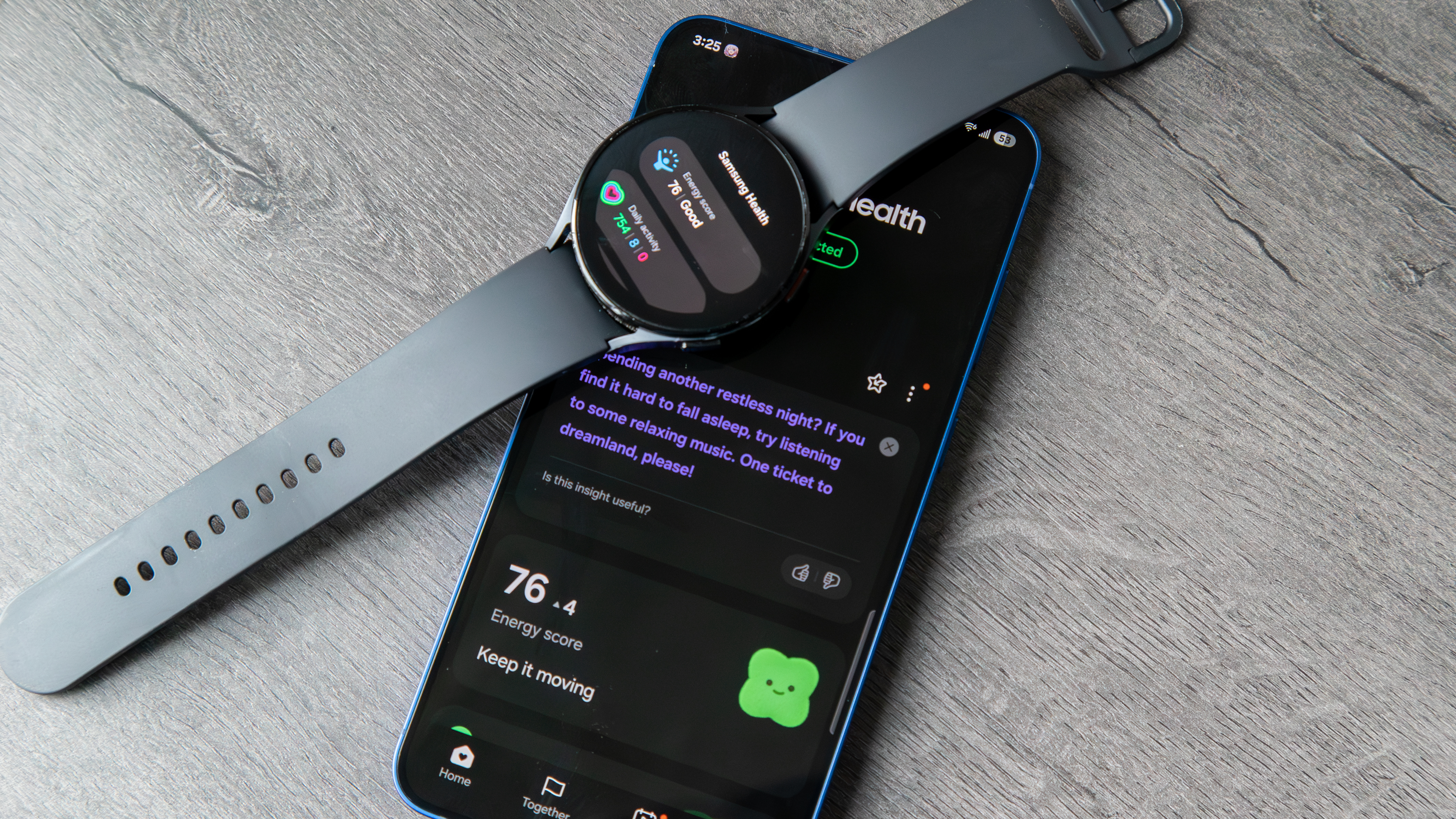





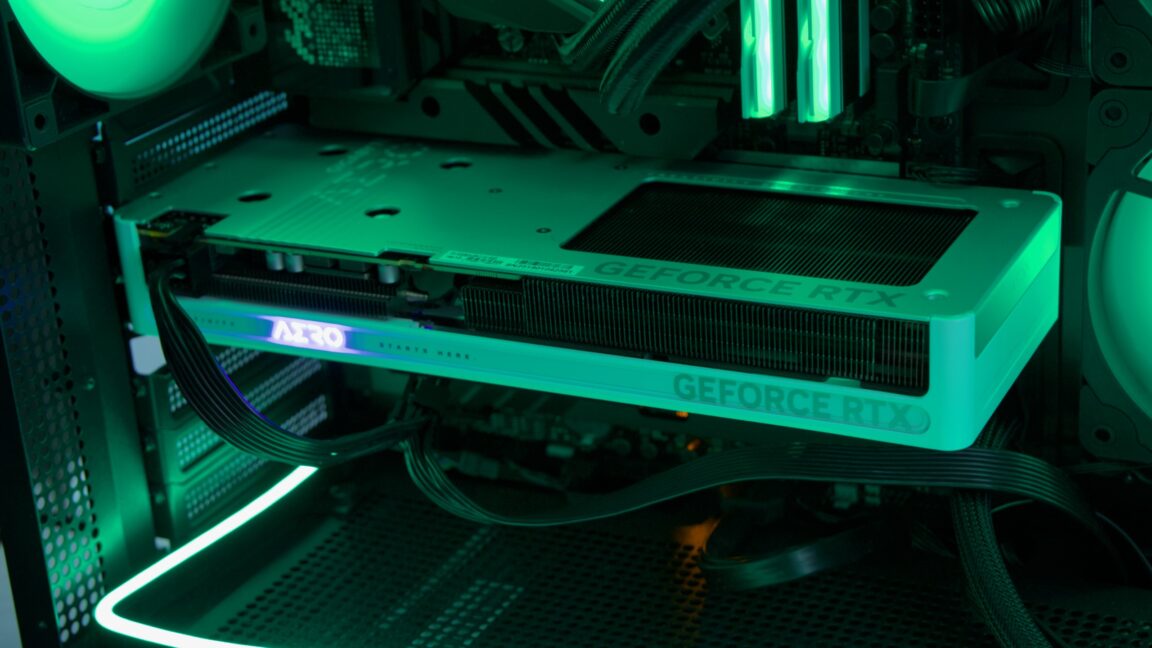



































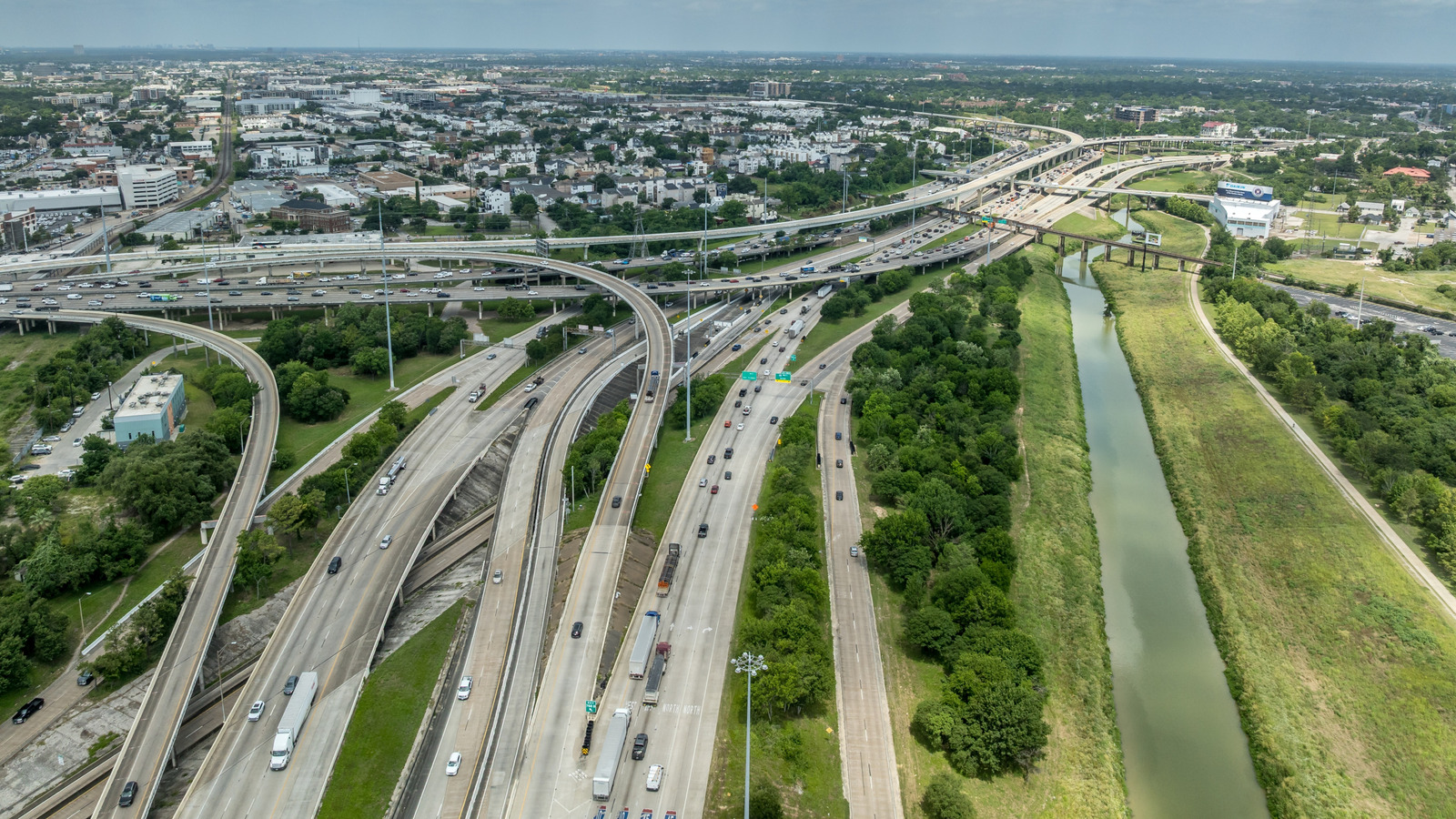


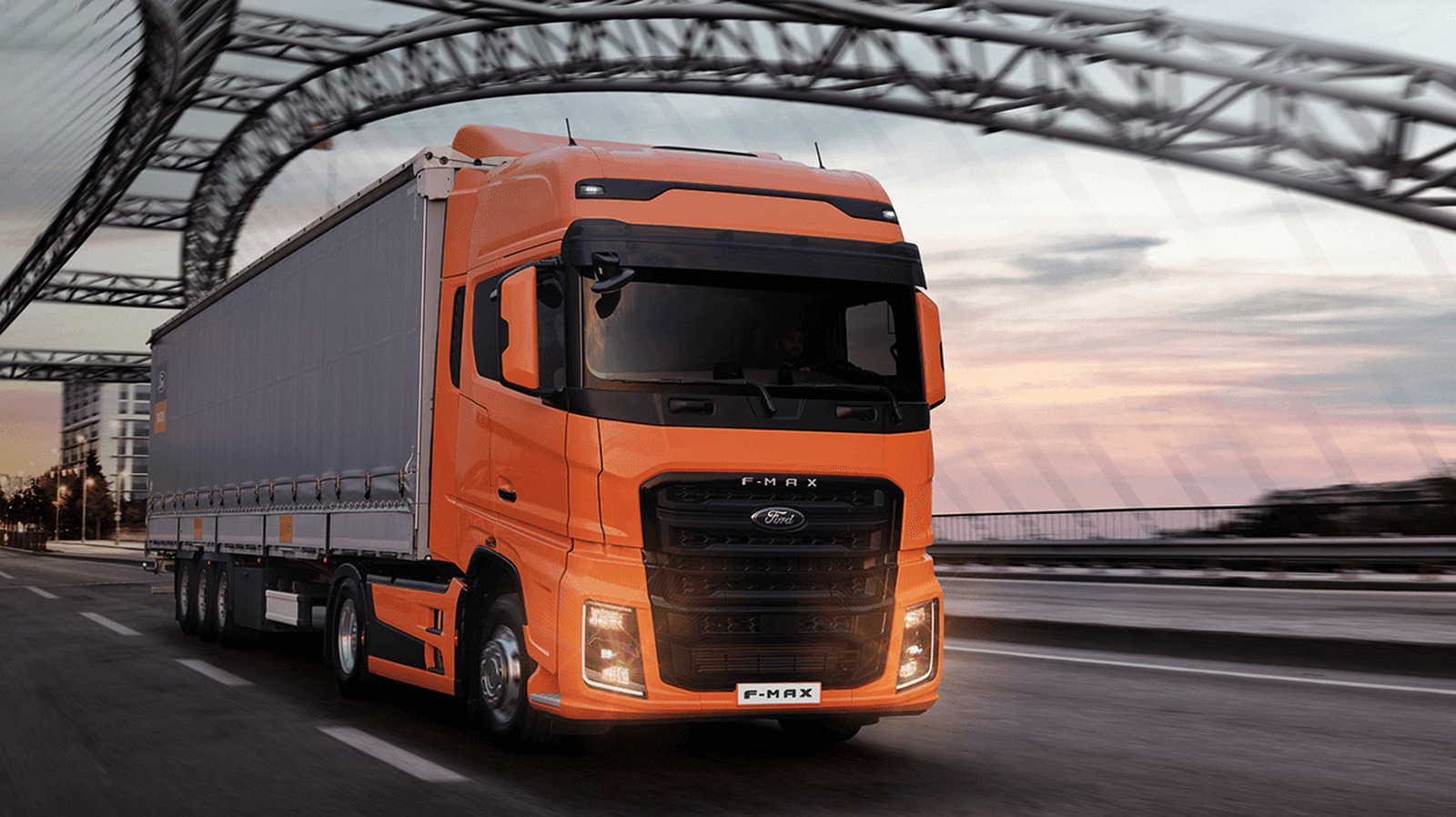

























































































































































![[The AI Show Episode 151]: Anthropic CEO: AI Will Destroy 50% of Entry-Level Jobs, Veo 3’s Scary Lifelike Videos, Meta Aims to Fully Automate Ads & Perplexity’s Burning Cash](https://www.marketingaiinstitute.com/hubfs/ep%20151%20cover.png)











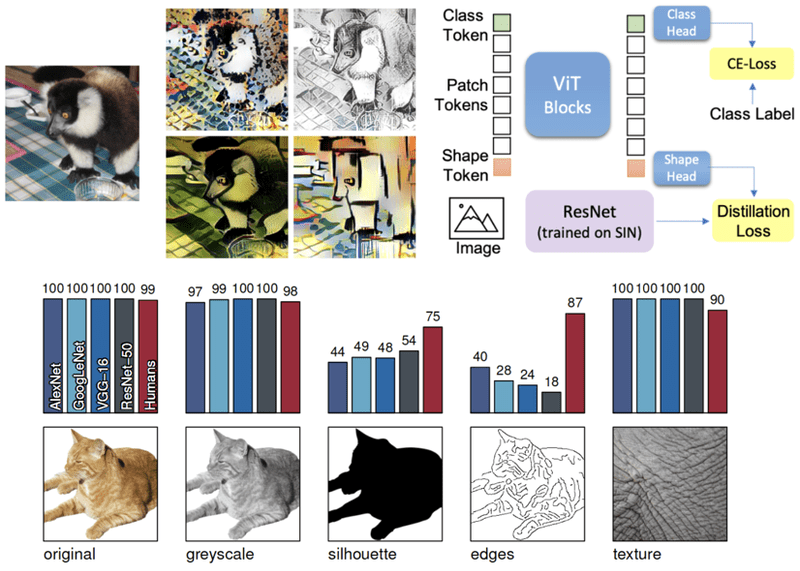




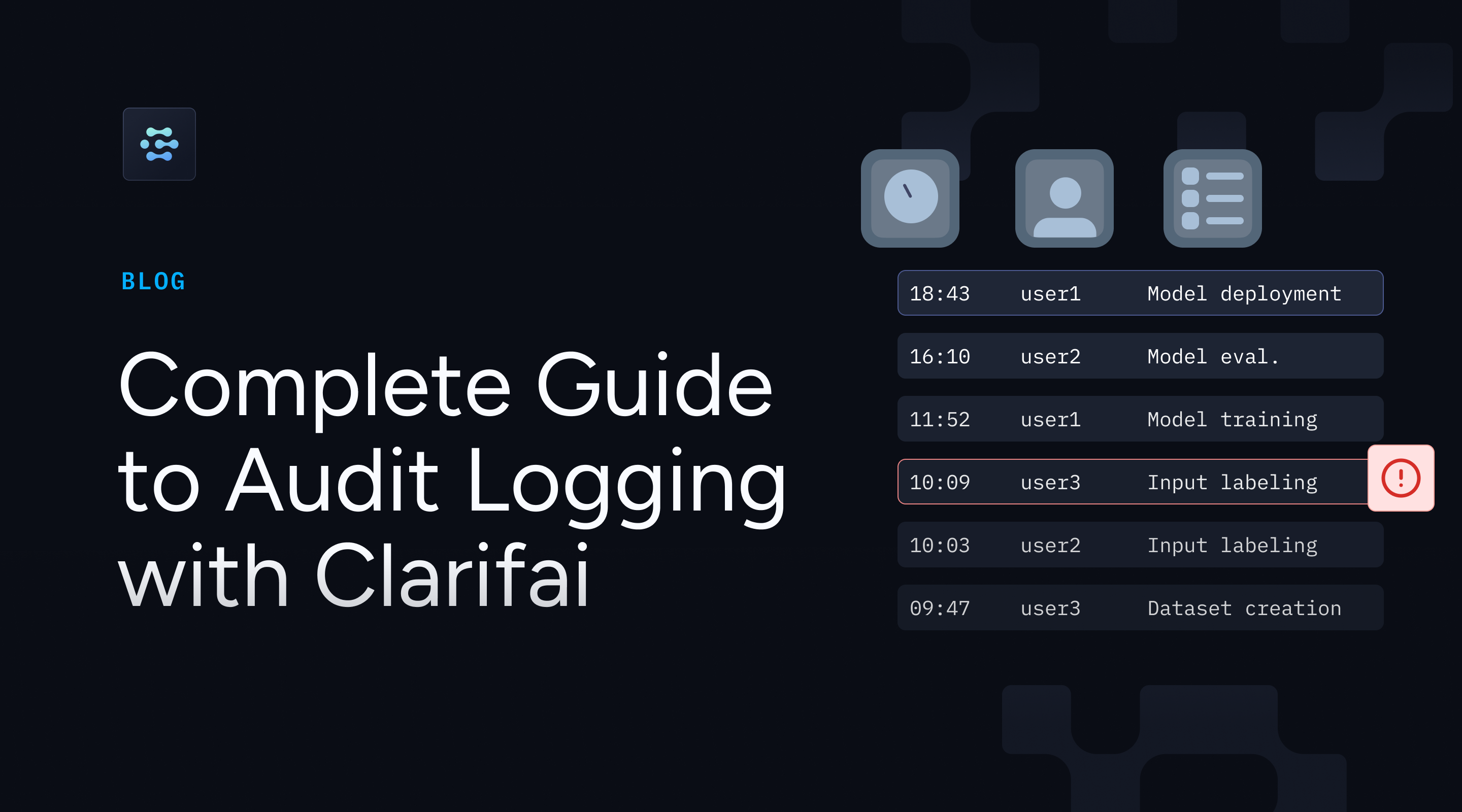













































































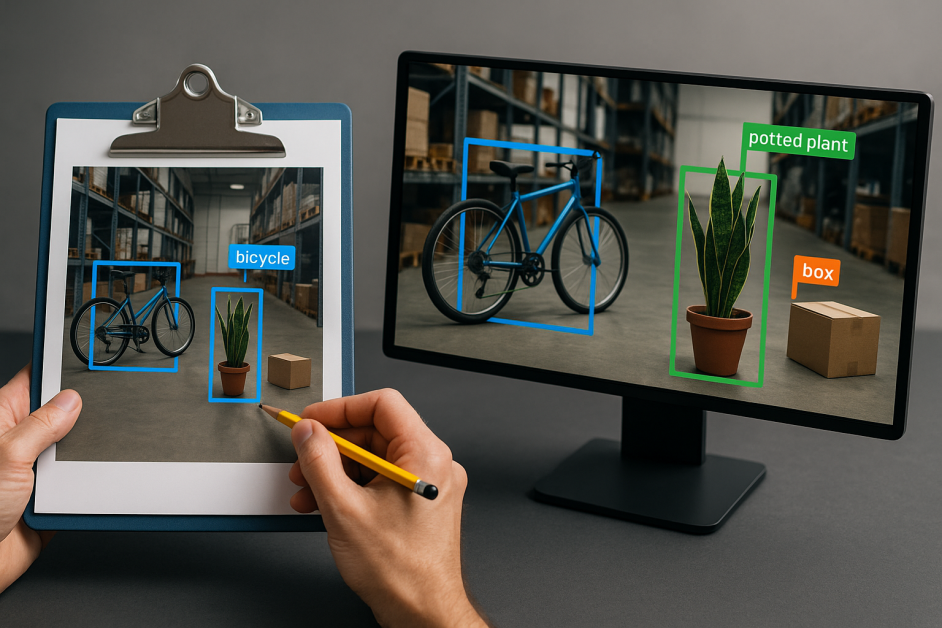



































































![[DEALS] FileJump 2TB Cloud Storage: Lifetime Subscription (85% off) & Other Deals Up To 98% Off – Offers End Soon!](https://www.javacodegeeks.com/wp-content/uploads/2012/12/jcg-logo.jpg)




















-0-8-screenshot.png?width=1920&height=1920&fit=bounds&quality=70&format=jpg&auto=webp#)
.jpg?width=1920&height=1920&fit=bounds&quality=70&format=jpg&auto=webp#)































































